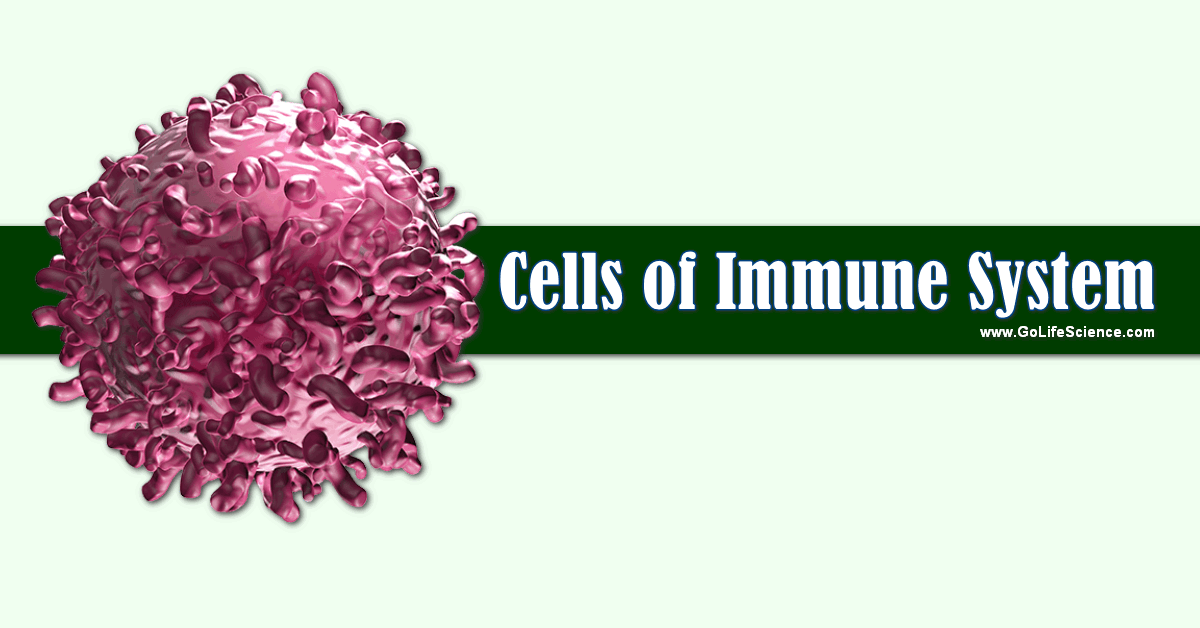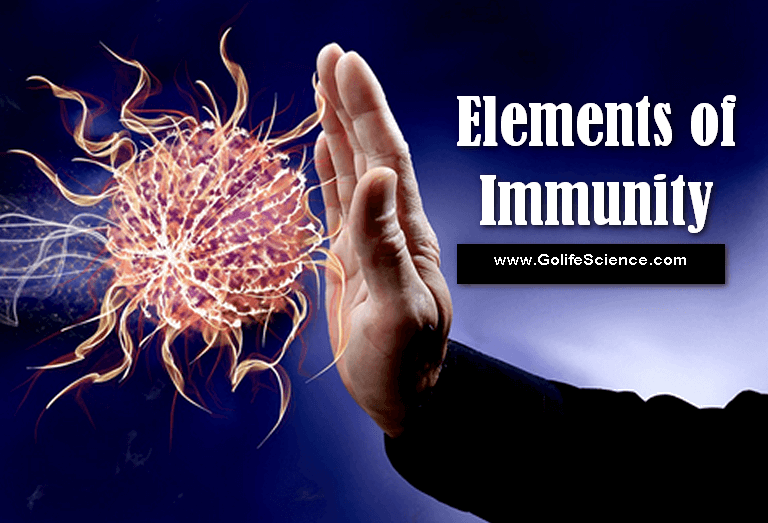
The term Immunity is defined as the resistance shown by the host against the adverse effects caused by microbes and their toxic products. Invertebrates, two types of defense mechanisms work together to contact infection.
- Innate Immunity (or) Non-Specific resistance
- Acquired immunity (or) Specific resistance

Table of Contents
Innate Immunity
- It is a non-specific immunity.
- The mechanism is similar for most types of infections, hence its name.
- Its resistance to infection is by blocking the entry of pathogens into the body or by destroying the microbes through means other than antibodies.
- Thus non-specific defense mechanism provides innate immunity which operates through many factors.
First-line Defence (External Defence)
the external defense comprises physical and chemical barriers to the entry of pathogens into the body.
SKIN
- Skin is the largest (9.7m2) waterproof, germ-proof, self-disinfecting, defensive organ
- The skin is providing a protective cover to the body.
- It secretes some acids like Pyruvic acid and Lactic acid by sweat glands, which creates an acidic environment on the skin.
- In this environment, some pathogens do not survive on the skin and they cannot penetrate through the skin.
MUCUS MEMBRANE
- It resists the penetration of parasites into tissues.
- Mucus secreted by mucous glands traps the pathogen and immobilizes them.
- Mucus is a clear sticky mixture of mucin (glycoprotein) and water.
- It is present in all internal tracks.
Vaginal Bacterias
These bacteria produce lactic acid from the Glycogen thereby producing an acidic environment to the vagina as a female’s best natural defense against pathogens.
Second-line Defense (Internal defense)
Body’s internal defense involves the participation of cellular and non-cellular factors possessing anti-bacterial property which have been found in blood and tissue.
1. Biochemical Factors
The major biochemical factors are Interferon and Complement system.
a. Interferon
- These are a group of soluble non-toxic glycoproteins produced in small amounts by all cells of the body.
- A special defense works especially against viral infection.
- They offer resistance by blocking viral mRNA transcription thereby disrupting the viral life-cycle.
- Cells involved by a virus produce an antiviral protein Interferon.
- The interferon reaches the uninfected cells; it makes them resistant to the viral infection.
b. Complement System
- This system comprising a set of 11 proteins found in the serum.
- It is activated characteristically by antigen-antibody complexes.
- Activation of the complement increases phagocytosis and destruction of the microbial organisms that enter the body of an individual.
- The system performs functions in different ways:
- Complement proteins rupture the cell membrane of the microbe.
- Stimulate mast cells to produce histamine
- Strengthens the inflammatory reaction.
- Act as Chemokines
- Attract the phagocytes to the infected area.
c. Lysozyme
- Lysozyme breaks down the cell wall of bacteria.
d. Coagulation system
- Depending on the severity of the tissue injury, the coagulation system may or may not be activated. Some products of the coagulation system can contribute to the non-specific defenses because of their ability to increase vascular permeability and act as chemotactic agents for phagocytic cells.
e. Lactoferrin and transferrin
- By binding iron, an essential nutrient for bacteria, these proteins limit bacterial growth.
f. Interleukin-1
- IL-1 induces fever and the production of acute-phase proteins, some of which are antimicrobial because they can opsonize bacteria.
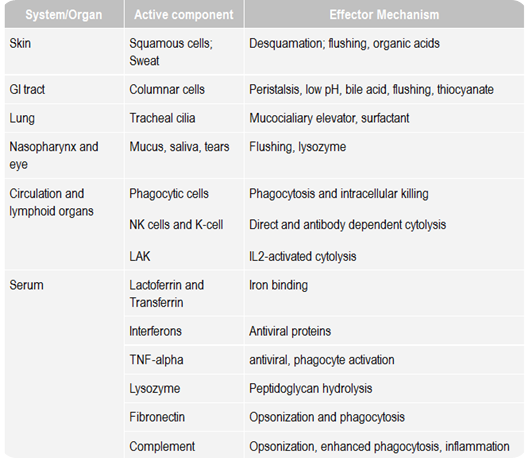
2. Cellular Factors
The natural defense mechanism against microorganisms and other foreign particles is carried out mainly by phagocytic cells were originally discovered by Metchnikoff (1883). The process of eating the cells is known as Phagocytosis.
These phagocytic cells are of TWO types: Macrophages and Macrophages
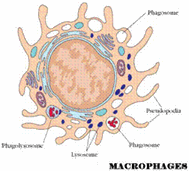
Macrophages
- These are a mononuclear phagocytic system which was originally called a Reticuloendothelial system.
- The phagocytic cells of this system reach the site of inflammation in large numbers attracted by chemotactic substance and ingest the particulate materials.
- Macrophages are phagocytic cells, derived from the blood monocyte.
- The Macrophages are amoeboid cells having a Bi-lobed nucleus & prominent cytoplasmic lysosomes.
- Macrophages like cells serve different functions in different tissues & are named according to their tissue location.
- Mononuclear phagocytic cell – monocyte circulating in the blood up to 8 hours, during which time they enlarge; they then migrate into the tissues & differentiate into specific tissue Macrophages.
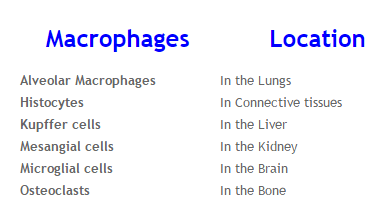
Microphages
- Microphages are polymorphonuclear leucocytes.
- These are of three types: Neutrophils, Basophils, Eosinophils (Acidophils)
- These calls possess multilobed nuclei and hence called polymorphonuclear leucocytes
- They do not divide and short-lived.
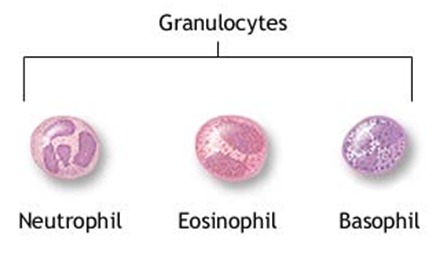
Other Factors
Apart from a biochemical and cellular factor other factors also operate to offer an internal defense, they are:-
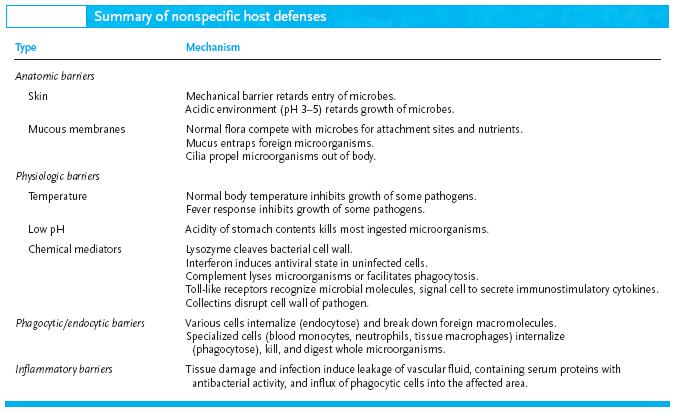
Acquired Immunity
The resistance developed by the man during his life is known as Acquired immunity or adaptive immunity.
This is distinct from innate immunity in that it is due to specific antibodies or sensitized lymphocytes produce in response to specific antigens. Hence, this immunity is also known as specific immunity.

- This acquired specific immunity is of two types namely Active and Passive.
- Both active and passive immunity may be Natural or Artificial.
ACTIVE IMMUNITY
Active immunity is the resistance developed by an individual in response to an antigenic stimulus.
The antigen may gain entrance either by natural infection or through any other sources such as artificial immunization by vaccination.
a. Natural Active Immunity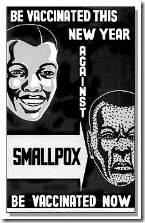
Immunity is developed by the host in response to the antigen that enters by natural infections. For example, a person attacked by measles or smallpox develops natural active immunity as he recovers from the diseases.
The immunity acquired by way of such infections is also long-lasting in many cases. For example, lifetime immunity is got following certain viral infections such as smallpox, measles, and mumps.
b. Artificial Active Immunity
In artificial active immunity, immunity is attained by the host in response to the antigen got by vaccination. Vaccines are preparations of living (attenuated) or killed microorganism or their products (toxoids).
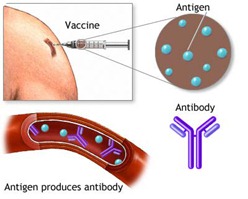
- Live Vaccine (attenuated): in this preparation, live microorganisms are attenuated by different methods. Attenuation results in the loss of pathogenicity without the loss of antigenicity of the microorganisms.
E.g.: Anthrax vaccine, BCG (Bacille Calmette Guerin), Sabin Vaccine (oral Poliomyelitis Vaccine), Measles Vaccine.
- Vaccines prepared with killed microorganisms: In these vaccines, microorganisms are killed in their virulent phase either by heat or antiseptics. While killing, care is taken not to denature the antigen by excessive heat or strong detergents.

E.g.: Salk vaccine, Influenza vaccine, TAB vaccine, Pertussis vaccine, Toxoid, Tetanus Toxoid (TT), Diptheria Toxoid, Triple Vaccine (DPT).
Immunization schedule for Children
| Age | Vaccine |
| From 3rd day after birth | BCG |
| 3 months | DPT (1) OPV (1) |
| 4 months | DPT (2) OPV (2) |
| 5 months | DPT (3) OPV (3) |
| 10 months | Measles |
| 16 months | Booster dose or DPT and OPV |
- DPT = Diptheria, Pertussis, Tetanus vaccine (Triple vaccine)
- OPV = Oral polio vaccine
PASSIVE IMMUNITY
The immunity that a non-immune individual acquires by receiving antibodies or sensitized white blood cells from another immune individual is known as passive immunity.
The immunity is caused by passive immunization is less effective and inferior than that caused by active immunization. The main advantage of passive immunization is that it is immediate in its action of producing immunization and so this method would be used when immediate immunity is needed.
Passive immunity is also two types namely natural and artificial.
1. Natural PI (NPI)
The immunity transferred from the mother to the child passively is known as natural passive(NPI)
- In human beings, this natural passive (NPI) occurs mainly by the passage of antibodies from the mother to her unborn child through the placenta during the latter part of pregnancy.
- The antibodies that are transferred are entirely Ig.G as other immunoglobulin subtypes (A, D, E, and M) do not pass the placental barrier.
- In other primates and in most of the other mammals such as pigs the transfer of antibodies from the mother to the young one occurs mainly orally through the colostrum (the first milk produced by the mother after the birth of the offspring).
2. Artificial Passive (API)
Transfer of immunity from an immunized donor to a non-immune recipient by transferring antibodies or immunized lymphocytes is known as artificial passive immunity (API).
API is therapeutically ( the science of treating diseases) used in the treatment of tetanus, diphtheria, gas gangrene, snake bite, and immunodeficiency states.

